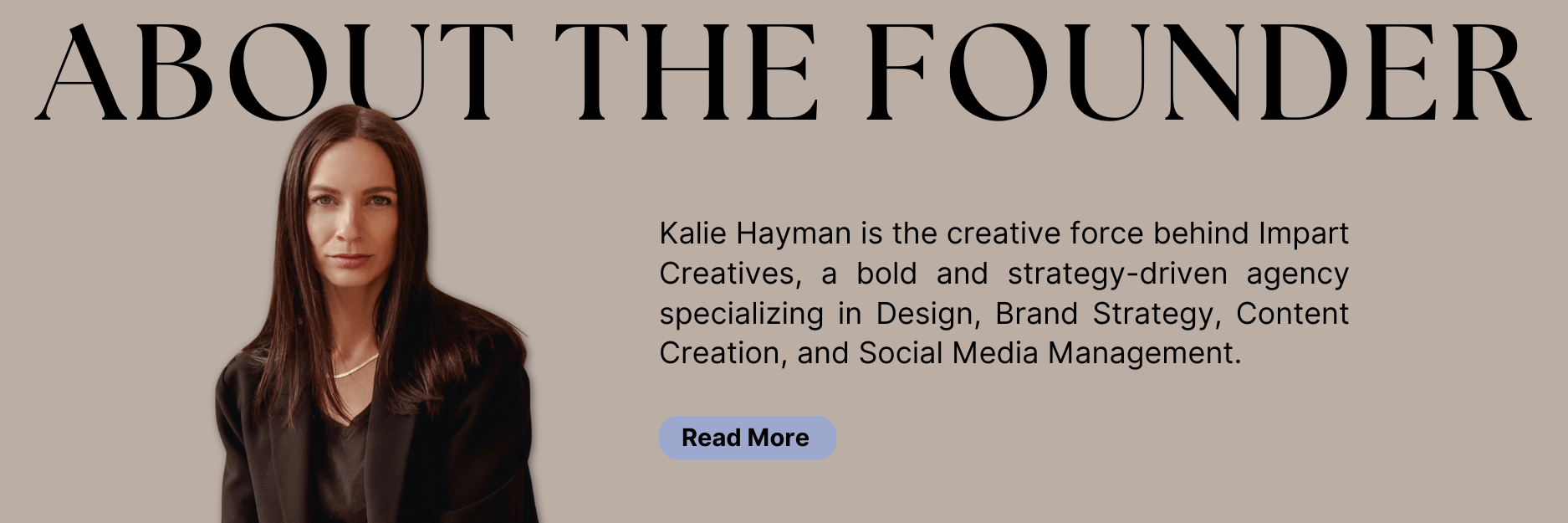5 Branding Mistakes You're Probably Making (And How to Fix Them)
5 Branding Mistakes You're Probably Making (And How to Fix Them)
When it comes to branding, small missteps can quickly snowball into bigger issues. Whether you’re a fresh startup or an established business, it’s easy to fall into the trap of common branding mistakes. The good news? They’re fixable. In this post, we’ll break down five branding mistakes you might be making and share tips on how to fix them, with real brand examples to guide the way.
1. Lacking Consistency Across Platforms
Consistency is key when it comes to branding. If your logo looks one way on Instagram, another on your website, and a third on your business cards, it’s time for a refresh. A consistent brand identity builds trust, improves recognition, and makes your brand more memorable. Brands like Warby Parker have mastered consistency. From their playful, modern logo to their crisp, minimalist website and cohesive social media presence, every touchpoint reflects their core values—simplicity, accessibility, and style.
How to Fix It:
Conduct a brand audit to see where your brand looks inconsistent.
Create brand guidelines that include logo usage, color schemes, fonts, and tone of voice.
Use the same imagery, colors, and messaging across your website, social media, and print materials.
2. Neglecting Your Brand Story
Branding isn’t just about aesthetics—it’s about connection. Without a compelling brand story, your audience won’t know who you are, what you stand for, or why they should care. Look at Glossier—they’ve built an empire around a strong, relatable narrative of beauty that’s accessible and inclusive. Their brand story isn’t just about selling makeup; it’s about empowering customers to embrace their natural beauty and express themselves freely.
How to Fix It:
Take a step back and define your brand story. What values drive your business? What journey are you taking your customers on?
Communicate this story clearly through your website, marketing materials, and social media.
Be authentic—customers can tell when a brand is trying too hard to appear something it’s not.
3. Ignoring Your Audience's Needs
Your brand is for your customers, not for you. If you’re not paying attention to what your audience needs or wants, your branding will miss the mark. For example, Outdoor Voices, a brand focused on athleisure, has been incredibly successful because they listened to what their customers wanted: comfortable, stylish activewear for everyone, not just athletes. Their branding speaks to inclusivity, and they make sure their messaging and products align with those values.
How to Fix It:
Conduct market research to understand your target audience’s desires, challenges, and pain points.
Regularly engage with your community via social media and surveys to keep your finger on the pulse.
Use the feedback to shape your brand messaging, product offerings, and customer experience.
4. Relying Too Much on Trends
It’s tempting to jump on the latest trend and make it part of your brand, but here’s the thing: trends fade. When a brand’s identity is built solely on what’s in vogue, it can quickly become irrelevant. Take Le Labo—this luxury fragrance brand has stayed true to its minimalistic, artisanal aesthetic for years, avoiding the temptation to follow fleeting beauty or fragrance trends. They focus on high-quality ingredients and a simple, refined presentation that has kept them timeless in a crowded market.
How to Fix It:
Make sure your brand’s values, messaging, and design reflect a timeless ethos rather than chasing fleeting trends.
Use trends as a secondary touchpoint or an opportunity to experiment, but always stay grounded in your core brand identity.
Think long-term: What do you want your brand to represent in 5 or 10 years? Focus on building something that will endure.
5. Overcomplicating Your Brand Message
Simplicity sells. If your brand message is unclear or overloaded with jargon, your audience won’t know what you’re about—and they won’t stick around to figure it out. Look at Ghia, a non-alcoholic aperitif brand that built a cult following with its sharp, no-nonsense messaging. Instead of over-explaining, Ghia keeps it fresh and to the point: bold flavors, no booze, and a vibe that speaks for itself. Their clean design and straightforward communication make it easy for customers to understand exactly what they’re getting—no guesswork needed.
How to Fix It:
Trim down your messaging to focus on the essentials: Who are you? What do you offer? Why should people care?
Keep your tone consistent and straightforward—avoid jargon that might confuse potential customers.
Use visuals to complement your message, not overwhelm it. Great design and messaging work hand-in-hand.
The Big Picture
Branding is more than just a logo or a catchy tagline—it’s about building a connection with your audience that lasts. By avoiding these common branding mistakes and following the fixes, you can create a brand that not only stands the test of time but thrives in an ever-evolving marketplace. If you’re ready to make your brand unforgettable, start with consistency, a strong story, audience engagement, timeless design, and clear messaging.
Your brand is the story of who you are. Make sure it’s told in the right way.


